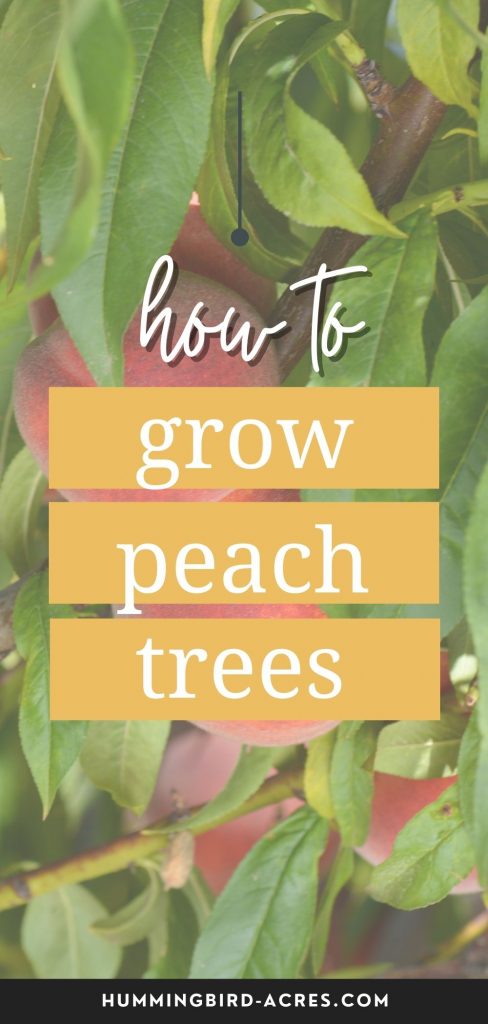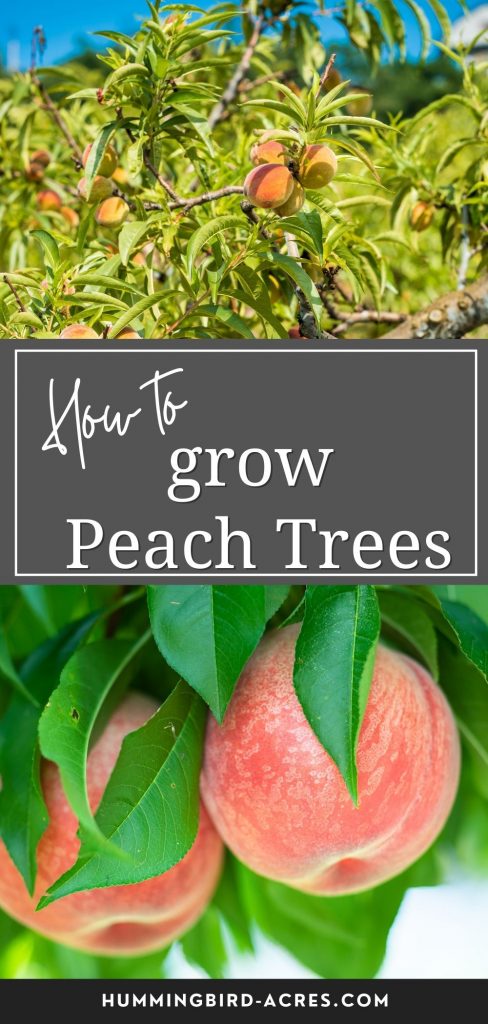Winter Sowing to get a Head Start on Your Garden
Are you already dreaming of summer, with thoughts turning to your garden? Get a head start this season with winter sowing! Despite the cold temperatures and snow that encompasses most parts during winter months, there is still plenty of time to begin planning and preparing for your dream garden. Winter sowing is an easy and low-cost way to jumpstart the growth process while avoiding the hassle of starting seeds indoors. Here we will discuss why winter sowing would be beneficial for any gardener looking to experience a successful growing season come springtime.
Disclosure: Some of the links below are affiliate links, meaning, at no additional cost to you, I will earn a commission if you click through and make a purchase.
What is Winter Sowing?
Winter sowing is a great way to get an early jump on the gardening season without dealing with the annoyance of starting your plants indoors. This method, which involves sowing seeds outdoors in containers during late winter/early spring, can be especially helpful for more challenging varieties that would struggle to germinate in warm conditions.
Making sure your seedlings are properly cared for is important – keeping containers in a spot that gets some sun but is shielded from harsh weather will keep them safe and allow them to thrive.
Even if you don’t have a green thumb, winter sowing can be a great way to get those beautiful blooms you’ve been after!
How to Winter Sow – Step by Step Directions
Winter Sowing Supplies
- A clean milk jugs, or plastic container/pot with covered dome
- Scissors or sharp knife
- Basic potting soil
- Watering can or sprayer
- Seeds
Step by Step Directions
Prepare your container for winter sowing
There are many different options for a container. Everything from a milk jug or take-out food container to a specially purchased 1020 tray with plant inserts and plastic dome.
1020 Plastic tray with inserts and plastic dome-
Add air holes: Use a pocket knife to add drain holes to the 1020 tray if none are present. Holes should be 3-6 mm diameter (1/8″-1/4″)
Use knife to poke holes around the side of the dome (every 4″ or 10 cm). Also, poke about 6 – 8 holes that are 1/4″ diameter (6 mm) in the top of the dome.
milk jug for winter sowing-
Discard the lid to the milk jug. You don’t need it. The top of the jug will serve as air exchange/ventilation later in Spring.
Use knife to add drain holes about 1/8-1/4″ diameter (3-6 mm) on the bottom of the milk jug.
Stab the knife into the bottom of the jug (a Philips head screwdriver works as well). Then, twist the knife to make the hole the appropriate size. I generally add 5-8 drain holes, distributed across the bottom.
Use a knife or scissors to cut the milk jug nearly in half. Almost like making a flip-up lid on the jug.
Fill your containers with moistened potting soil
Mix potting soil or seed starting mix with water until it is damp and clumps. Then, add the soil to the plastic containers to about 1/4″-1/2″ (6-12 mm) below the top edge.
Fill milk jugs to about 1/2″ (12 mm) below the edge with moist potting soil.
If using conventional pots with tray and dome, fill them with potting soil as well.
Plant your seeds
Plant seeds to the appropriate depth. Use your seed packet instructions to learn the appropriate depth.
Label your seeds/containers
I use masking tape and a grease pencil (also known as a china marker) marker to label plastic pots. For milkjugs, I just write directly on them.
The grease pencil tends to last all winter. Just keep the label pointed away from the sun.
Secure the lids on your containers
For a milk jug or something similar, just use duct tape to seal the outside. A single layer should do it. Test your jug by picking it up by the handle!
For a 1020 tray w/ dome, I use duct tape and twine to ensure the lid stays secure.
Where to Put Your Mini Green Houses
Lorem ipsum dolor sit amet, consectetur adipiscing elit. Ut elit tellus, luctus nec ullamcorper mattis, pulvinar dapibus leo.
Wait till Spring
You shouldn’t need to water your containers. The plastic domes will act as green houses and help retain moisture.
But, if the outside temperatures are above freezing, and your potting soil looks dry you may need to water.
To safely add water to your containers, do one of the following methods:
Water from the bottom. Place your milk jug container or tray in a large plastic tray or kiddie pool, and add some water. The water will enter the drain holes, and through osmosis moisten the potting soil.
Mist the soil. Carefully remove the lid and use a sprayer to mist the soil until saturated. Then secure the lid.
Once Spring arrives, put the containers in a location that receives morning sun / afternoon shade.
This step is really helpful and important! Placing your winter sowing containers in a location with morning sun and afternoon shade will get the mini-greenhouses warm, but avoid the hotter afternoon sun. This will help stay warm and germinate, but avoid drying out by the hotter afternoon temperatures.
Doing this really helps the seeds germinate quickly, but reduces the overall heat load. Reducing the heat load means less watering for you, so easier!
After germination, open the lids during the daytime
This is important! – Once outdoor temperatures approach 60 F, remove the lids.
In direct sunlight and warm temperatures, the temperature inside the dome can get too hot and kill your seedlings.
I’ve had seedlings get cooked by leaving the lids on trays in direct sunlight and temperatures that were 60F.
Remove the seedlings. You can dig out the chunk of soil from the milk jug / container. I prefer to do this when seedlings have two sets of ‘true leaves’.
What Seeds to Winter Sow
Choosing seeds for winter sowing is easy once you know what to look for. There are tons that will work, but there are also many that will not.
Generally speaking, perennial seeds, cold weather vegetables, as well as hardy annual flowers and herbs will work great with winter sowing.
If you’re unsure whether specific types will work or not, then read the packet. There are certain keywords to look for that will tell you if that is the right kind…
- “self sowing”
- “direct sow outside in the fall”
- “direct sow outside in early spring”
- “cold stratification”
- “cold hardy”
- “perennial”
Once you start experimenting, and seeing the similarities in the different types of seeds you can use for winter sowing, you’ll easily be able to figure out which ones to try in the future!
Now is the time to start sowing your winter seeds. By following these simple steps, you can get a jump start on your gardening season and be well on your way to a beautiful spring garden. Give winter sowing a try this year – it just might become your new favorite gardening method!
You may also enjoy these related articles:
Did you enjoy this article? Want to hear more? Stay in touch! Sign up below to receive weekly tips and inspiration for your homestead.
Sharing is Caring
Pin for Later


